
ASTM B574 UNS N06022: The Many Faces of a Superior Steel
ASTM B574 UNS N06022, often referred to as Hastelloy C22, is a high-performance steel that is highly acclaimed in many industrial sectors.
ASTM B574 UNS N06022, often referred to as Hastelloy C22, is a high-performance steel that is highly acclaimed in many industrial sectors.
In terms of composition, ASTM B574 UNS N06022 mainly contains elements such as nickel, chromium, molybdenum, iron, and tungsten. Among them, nickel is the main component with a residual amount; chromium content is 20.0-22.5%, which gives the steel good oxidation resistance; molybdenum content is 12.5-14.5%, which greatly improves the corrosion resistance of the steel; iron content is 2.0-6.0% and tungsten content is 2.5-3.5%, etc. The reasonable combination of these elements makes ASTM B574 UNS N06022 have ASTM B574 UNS N06022 has unique properties.
The advantages of ASTM B574 UNS N06022 are very significant. First of all, it has excellent corrosion resistance and can operate stably in various harsh corrosive environments. Whether facing strong acids, alkalis, or chloride-containing media, ASTM B574 UNS N06022 performs well. Its resistance to pitting, crevice corrosion and stress corrosion cracking is particularly outstanding. Next, good oxidation resistance allows ASTM B574 UNS N06022 to maintain stable performance at high temperatures. Furthermore, the high high temperature strength ensures its reliability under high temperature working conditions.
In terms of applications, ASTM B574 UNS N06022 is widely used in chemical, petrochemical, marine engineering, pharmaceutical, paper making, electric power, shipping, environmental protection and other industries. In the chemical industry, ASTM B574 UNS N06022 can be used to manufacture key equipment such as reactors to withstand the erosion of various corrosive chemicals. In marine engineering, it is used to manufacture components for offshore platforms to resist corrosion from seawater. In the pharmaceutical industry, ASTM B574 UNS N06022 is used in pharmaceutical equipment to ensure the safety and purity of drug production.
All in all, ASTM B574 UNS N06022 is an ideal choice for many industrial projects due to its unique composition, excellent benefits and wide range of applications.
stainless steel processing
The manufacture of stainless steel involves a series of processes. First, the steel is melted, and then it is cast into solid form. After various forming steps, the steel is heat treated and then cleaned and polished to give it the desired finish. Next, it is packaged and sent to manufacturers, who weld and join the steel to produce the desired shapes.
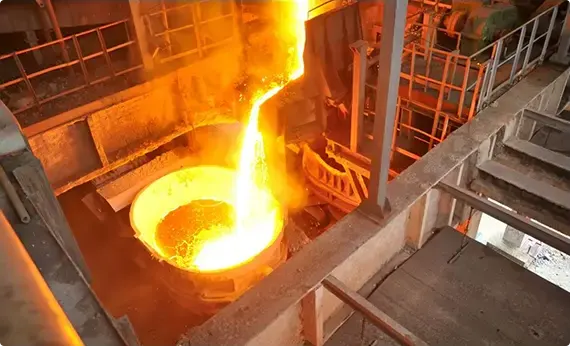
Melting and Casting
The raw materials that constitute a stainless steel item are placed together and melted in a giant electric furnace. Intense heat is applied rigorously for a period of 8 to 12 hours during this step. Once the melting is complete, the molten steel is cast into desired semi-finished forms. Some of the most common forms or shapes include slabs, blooms (rectangular shapes), billets (these could either be round or square), rods, and tube rounds.

Forming
In the second stage, the semi-finished steel shapes undergo a series of forming operations. For instance, the stainless steel is hot rolled (heated and passed through enormous rolls). The blooms and billets mentioned above are converted to bar and wire. The slabs on the other hand are formed into plates, strips or sheets. It is very common to turn semi-finished steel shapes into bars, as it is the most versatile stainless steel form (it comes in all grades and sizes). You have round, square, octagonal, and hexagonal bars, each suitable for a different type of application.
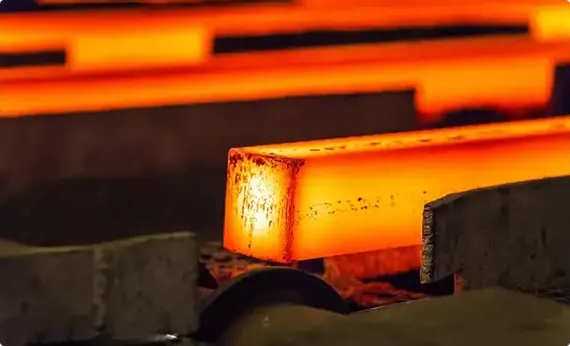
Heat Treatment
The various stainless steel forms undergo a thorough annealing process during this step. Annealing is another name for heat treatment where the stainless steel is heated and cooled in a controlled environment. The purpose of this heat treatment is to relieve the pent-up stress inside the stainless steel and soften the material to make it more suitable for a wide variety of applications. The people in charge of carrying out the annealing process have to be very careful about the conditions as even the slightest of changes in the temperature, pressure, duration, or cooling rate could result in a faulty product.
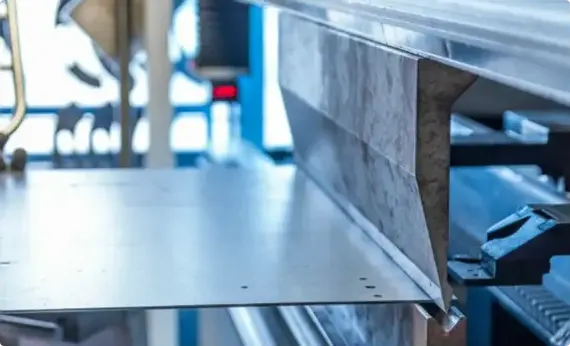
Descaling
During the annealing process, a certain amount of scale appears on the surface of the stainless steel. This scale can be removed using a number of different processes that are collectively known as descaling. Pickling is one of the more common methods of carrying out the descaling process.
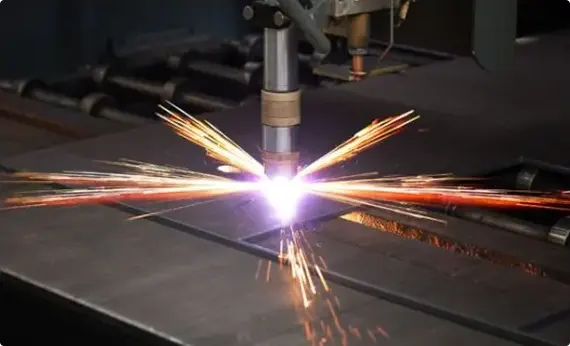
Cutting
The semi-finished, heat-treated, and descaled stainless steel forms are cut into specific shapes in this step. Mechanical cutting is performed with the aid of guillotine knives, blanking, nibbling, and high-speed blades.
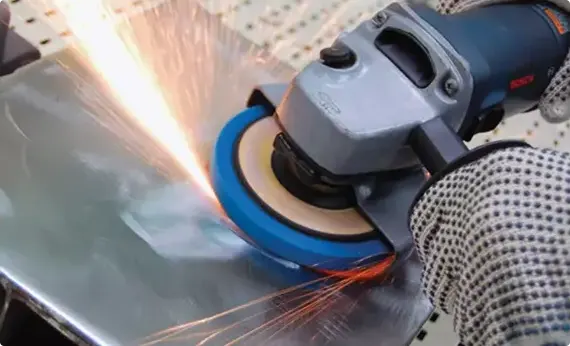
Finishing
Finishing is applied to help the stainless steel product achieve its signature aesthetically appealing appearance. Finishes are also needed to make the stainless steel product smooth and easier to clean, which is a top requirement in sanitary applications.
